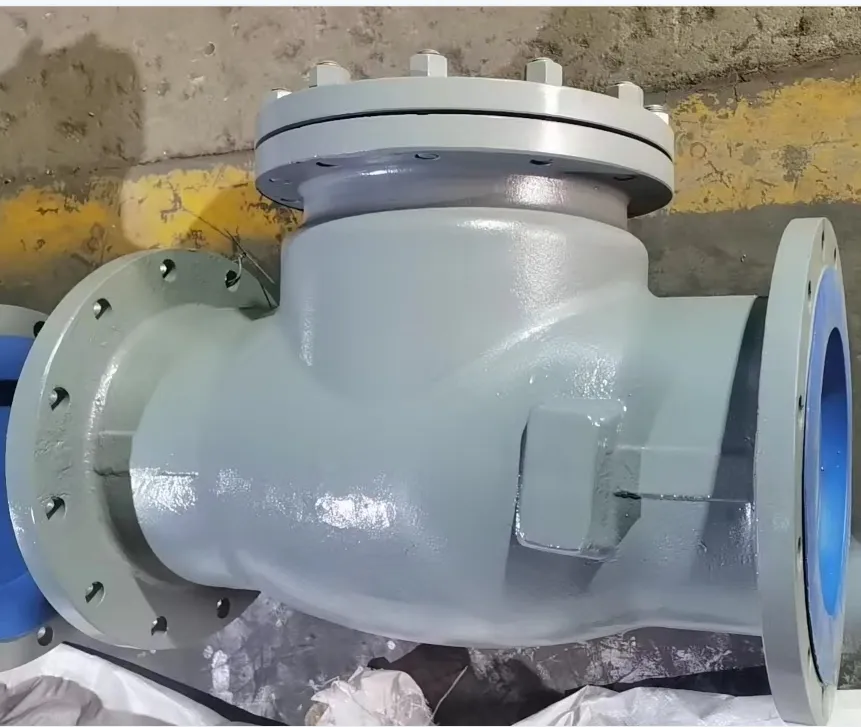wholesale stainless steel gate valves
Exploring Wholesale Stainless Steel Gate Valves A Comprehensive Guide
Stainless steel gate valves have become an essential component in various industrial applications, offering a reliable solution for regulating fluid flow. Known for their durability, corrosion resistance, and exceptional performance, these valves are widely used in water treatment, chemical processing, oil and gas, and manufacturing industries. This article delves into the importance of wholesale stainless steel gate valves, their advantages, selection considerations, and market trends.
Understanding Stainless Steel Gate Valves
Gate valves are designed to provide a straight-line flow of fluid with minimal pressure loss. They operate by lifting a wedge-shaped gate out of the path of the fluid, allowing for a full opening or complete closure. Stainless steel, an alloy primarily consisting of iron, chromium, and nickel, is used in manufacturing these valves due to its excellent mechanical properties and resistance to rust and corrosion.
Advantages of Stainless Steel Gate Valves
1. Corrosion Resistance Stainless steel is renowned for its resistance to corrosive substances, making these valves ideal for harsh environments where other materials would deteriorate quickly.
2. Durability and Longevity Stainless steel gate valves are built to last, able to withstand high pressures and temperatures. Their robust construction reduces the need for frequent replacements, leading to long-term savings.
3. Excellent Performance These valves provide minimal flow resistance, optimizing fluid dynamics and reducing energy costs operationally.
4. Versatility Stainless steel gate valves can be used in various applications, including waterworks, sewage treatment plants, food processing, and petrochemical industries, underscoring their adaptability.
Selecting Wholesale Stainless Steel Gate Valves
wholesale stainless steel gate valves

When choosing stainless steel gate valves, certain factors should be considered to ensure you select the right product for your specific application
1. Material Composition Different grades of stainless steel offer varying levels of resistance to corrosion and wear. Common grades include 304 and 316 stainless steel, with the latter being preferred for more aggressive environments due to its higher resistance to chloride corrosion.
2. Size and Configuration Valves come in various sizes and configurations, such as flanged, threaded, or welded connections. It is essential to match the valve size to the diameter of the piping system.
3. Pressure Rating Consider the maximum pressure the valve will need to withstand. Gate valves are available in different pressure ratings (such as ANSI class ratings), which should match the application's requirements.
4. Actuation Type Gate valves can be operated manually or with automation. Depending on the system's complexity, an automated solution may be more efficient and enable better control of the flow.
5. Certifications and Standards Ensure the valves conform to relevant industry standards and certifications (like ANSI, API, and ISO) that guarantee quality and performance.
Market Trends and Future Outlook
The demand for stainless steel gate valves is projected to grow steadily as industries prioritize durability and reliability in their operations. The rise in infrastructure development, especially in emerging markets, is likely to spur growth in the manufacturing of gate valves. Moreover, advancements in manufacturing technologies, such as 3D printing and automated machining, are set to enhance production efficiency and reduce costs, making it easier for wholesalers to offer competitive prices.
As environmental regulations tighten, the shift towards sustainable practices will propel the use of stainless steel gate valves. Their recyclability and longevity align well with sustainable initiatives, making them preferable in eco-friendly operations.
Conclusion
Wholesale stainless steel gate valves are critical in maintaining smooth and efficient operations across various sectors. With their multitude of advantages, including corrosion resistance, durability, and low maintenance, these valves provide a robust solution to fluid control challenges. By understanding the selection criteria and keeping an eye on current market trends, industries can make informed decisions, ensuring they invest in products that not only meet their immediate needs but also stand the test of time.
-
The Key to Fluid Control: Exploring the Advantages of Ball Valves in Industrial SystemsNewsJul.09,2025
-
The Versatile World of 1, 2, and 3 Piece Ball ValvesNewsJul.09,2025
-
Stainless Steel Ball Valves: The Ideal Choice for Efficient Flow ControlNewsJul.09,2025
-
Optimizing Fluid Control with Ball Float ValvesNewsJul.09,2025
-
Manual Gate Valves: Essential for Control and EfficiencyNewsJul.09,2025
-
Everything You Need to Know About Butterfly ValvesNewsJul.09,2025
-
The Versatility of Wafer Type Butterfly ValvesNewsJul.08,2025




